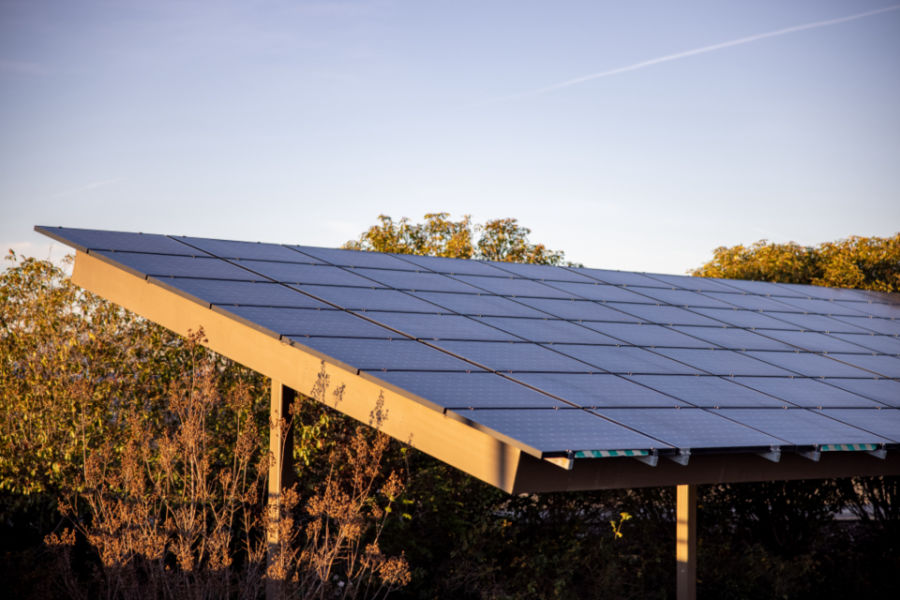
Apple’s announcement of the Vision Pro, a high-end mixed reality (MR) headset, sent shockwaves through the tech world. With its hefty price tag of $3,499, the Vision Pro sits at the premium end of the nascent MR market, sparking questions about its value proposition and potential impact on the future of XR (extended reality, encompassing VR, AR, and MR).
This article delves deep into the Vision Pro’s technical specs, market positioning, and potential implications for the broader XR landscape. Buckle up, as we navigate the complexities of this groundbreaking device and its potential to reshape the way we interact with the digital world.
Technical Spectacle: Unveiling the Vision Pro’s Inner Workings
The Vision Pro boasts a laundry list of impressive specifications, aiming to deliver a truly immersive and interactive MR experience. Here are some key highlights:
- Dual 8K MicroLED displays: Offering a staggering resolution and pixel density, these displays promise razor-sharp visuals and eliminate the screen-door effect prevalent in most VR headsets.
- Eye tracking and hand tracking: Precise eye and hand tracking enable natural and intuitive interactions with the virtual environment, blurring the lines between physical and digital realms.
- LiDAR scanner and spatial audio: The LiDAR scanner accurately maps the real world surroundings, allowing for seamless integration of virtual objects into the physical space. Spatial audio further enhances immersion by creating a realistic soundscape that adapts to your movements.
- Custom M2 chip: Apple’s powerhouse M2 chip provides the processing muscle to handle the demanding tasks of rendering high-resolution visuals, tracking real-time movements, and creating a smooth and responsive experience.
- Field of view: While Apple hasn’t officially revealed the field of view (FOV), rumors suggest it will be significantly wider than most VR headsets, offering a more natural and expansive view of the virtual world.
Breaking the Price Barrier: Understanding the Vision Pro’s Positioning
The $3,499 price tag has undoubtedly raised eyebrows, positioning the Vision Pro as a luxury device for early adopters and professionals. This price point significantly separates it from consumer-oriented VR headsets like the Meta Quest 2, which costs around $300.
So, why the hefty price tag? Several factors contribute to this:
- Premium hardware: The high-resolution displays, advanced tracking sensors, and powerful M2 chip all add to the cost.
- Focus on professionals: Apple is likely targeting the Vision Pro towards professionals in fields like design, engineering, and healthcare, where the device’s capabilities can offer significant benefits.
- Early adopter market: As a first-generation product, the Vision Pro is paving the way for future iterations. The high price point reflects the inherent risk and development costs associated with pioneering a new category of devices.
Beyond the Price Tag: The Vision Pro’s Potential Impact
While the price tag may seem prohibitive for most consumers, the Vision Pro’s impact extends beyond its immediate market reach. Here are some potential implications:
- Raising the bar for XR: The Vision Pro sets a new benchmark for what’s possible in MR, pushing the boundaries of display technology, tracking capabilities, and user interaction. This will undoubtedly influence future iterations of both Apple’s own devices and those from other manufacturers.
- Driving content creation: The high-end capabilities of the Vision Pro will likely attract developers and content creators to produce immersive and interactive experiences tailored for the device. This could lead to a surge in high-quality content, further solidifying the appeal of MR as a platform for entertainment, education, and collaboration.
- Accelerating industry adoption: The Vision Pro’s focus on professional applications could accelerate the adoption of MR within specific industries. For example, architects and engineers can use the device to visualize and interact with 3D models, while surgeons can train on realistic simulations. This could lead to significant improvements in efficiency and productivity across various sectors.
The Storm of Opinions: Navigating the Hype and Skepticism
The Vision Pro’s announcement has sparked a whirlwind of reactions, ranging from enthusiastic anticipation to cautious skepticism. Here’s a breakdown of the key arguments:
The Hype:
- Game-changing technology: Proponents believe the Vision Pro represents a significant leap forward in MR technology, offering capabilities that were previously unimaginable.
- Unlocking new possibilities: They envision a future where MR becomes an essential tool for work, play, and communication, revolutionizing how we interact with the world around us.
- Apple’s track record: Apple’s history of innovation and premium products leads some to believe the Vision Pro will be a game-changer, setting the standard for future MR devices.



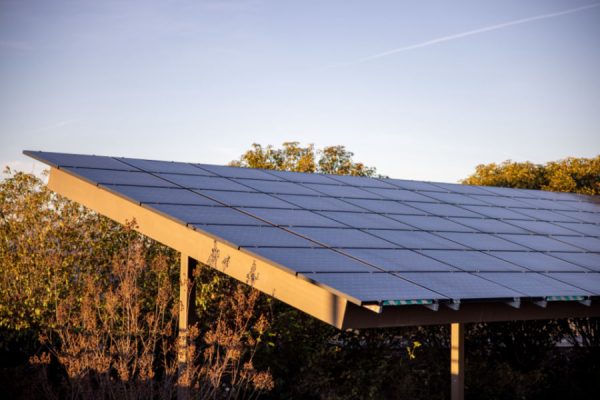
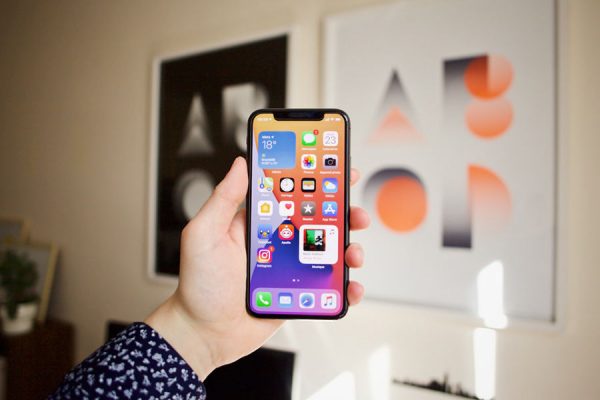
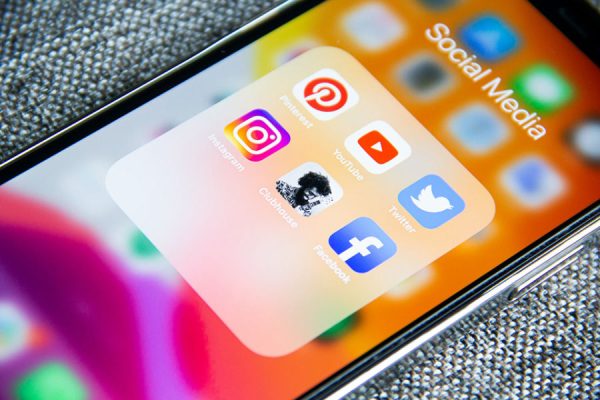


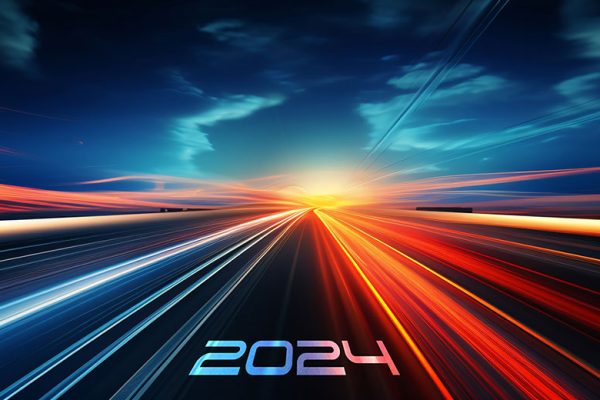


Leave a Reply